
Population control is an increasingly common debate I’m seeing pop up on forums, FaceBook groups and the like – the Earth is struggling to cope with the burgeoning number of people who reside upon her. Climate change is rarely in question among the individuals having this discussion, so there is a strong link being made between wanting to act on climate change and needing to have fewer, or zero, children. Some particularly hard line folks contest that anyone who is truly an ‘environmentalist’ or ‘fighting climate change’ or ‘leading a sustainable life’ is simply not going to procreate – for the good of the Earth and humankind’s future on it. The complex and emotive argument continues that there are plenty of unloved, hungry, or abused children who could be adopted by these said ‘environmentalists’.
However, I’m not going to debate this issue. I have two delightful, tenacious, challenging little girls, so my stance is fairly obvious. And as an ‘environmentalist’ and co-founder of a company aimed at helping direct people along a path toward sustainability, I will not concede that having children puts me at odds with those things. In fact, the idea that climate change is bringing a far less comfortable world to live in for all the children of the world, is 100% motivating. And this is 100% necessary to grab hold of, instead of guilt at bringing children into this world. So, the idea of this piece is to look at taking a practical approach for maintaining a sustainable lifestyle for those of us who already have (or who will have) children. I’m speaking from a personal perspective, and the opinions I convey are indeed my opinions. But perhaps you’ll find some advice or guidance herein.
Hey, Thrifty Spender!
This tip is imperative in leading a sustainable life and doubles as a cost saver. We are living in a world which is obsessed with consumerism. How do we take control of this situation? We just stop. Fast fashion is simply unsustainable. Our children learn from us. So let’s set a great example of shopping responsibly – we buy clothes when we need them only, and the only time we head to a non-thrift store is for underwear and swimwear. There’s also clothes swaps, Craig’s List, Gumtree, eBay, FaceBook Marketplace etc etc.
Teach them well, and let them lead the way.
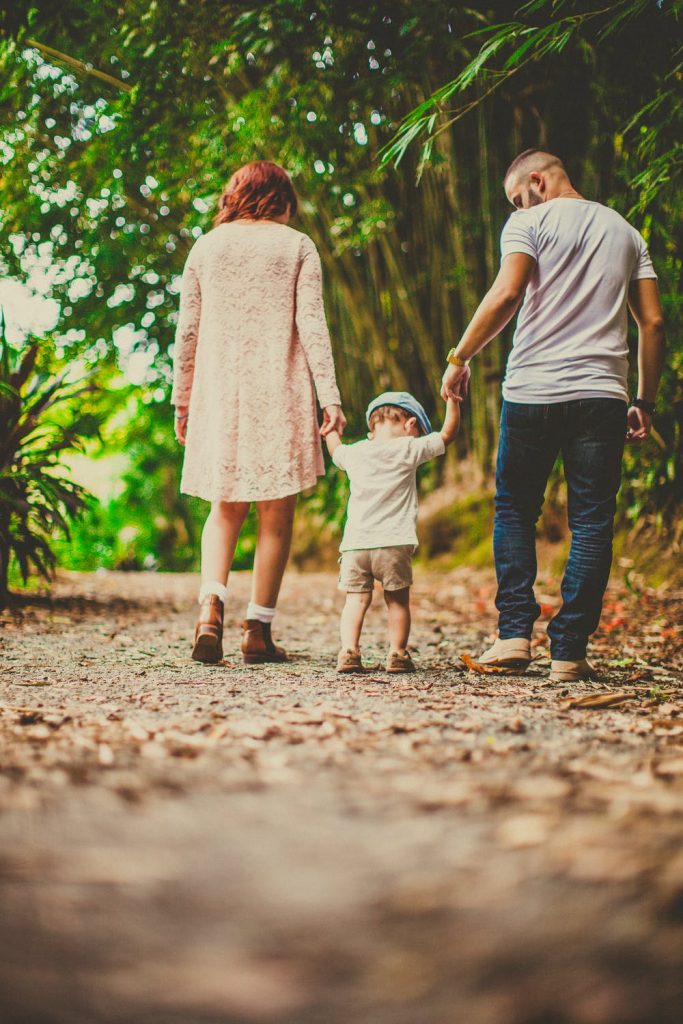
You might have noticed that we, as parents, have a heck of a lot of responsibility. There is a long list of stuff which we need to do, to ensure our children leave home prepared to be adults. But first and foremost, we need to raise little humans who are good humans. People who are caring and nurturing. Not just to themselves and one another, but to this fragile planet. The best ways to teach our kids is by example, and having open and honest communication. Walking the talk about environmental responsibility and making the sustainability conversation relevant to them in their current stage of life is the key. Talking about the care for Earth needn’t even be related to climate change at all when they’re young – I’m keen to avoid my little ones getting exposed to climate anxiety, so at this point, we just chat about electricity use, litter, recycling and avoiding single use plastics. If you live in a space which can support it, or have access to a community garden, you can extend this education to growing flowers to support the bee population and herbs and veggies for cooking.
The Game of Life.
Our kids should be allowed to be kids. And this means they should have access to toys to play with. But so many toys are plastic. How can they possibly fit into a sustainable family life? This is another category of parenting where we have to give ourselves a little break. There’s no escaping that we need to stop being addicted to plastic. But it’s the single use and packaging plastic which are the evils we need to rid the planet of first. Plastic which forms toys, and with any luck, educational or developmental toys, which will be used for years and passed from sibling to sibling, can definitely still be welcome in your kids’ play space. For example, I appreciate how engaged my girls are with their Legos blocks, and love seeing their motor skills developing, and these are already nearly 5 years old. We do just need to be aware that wooden and second-hand toys would be an even better sustainability win. And libraries are super handy too – both book and toy libraries. Borrowing these items keeps a wonderful, stimulating supply of toys and books coming through the door, without the expense and space normally associated with them (the smaller our homes, the smaller our carbon footprint). Most toy libraries have a small annual fee, then borrowing is free.
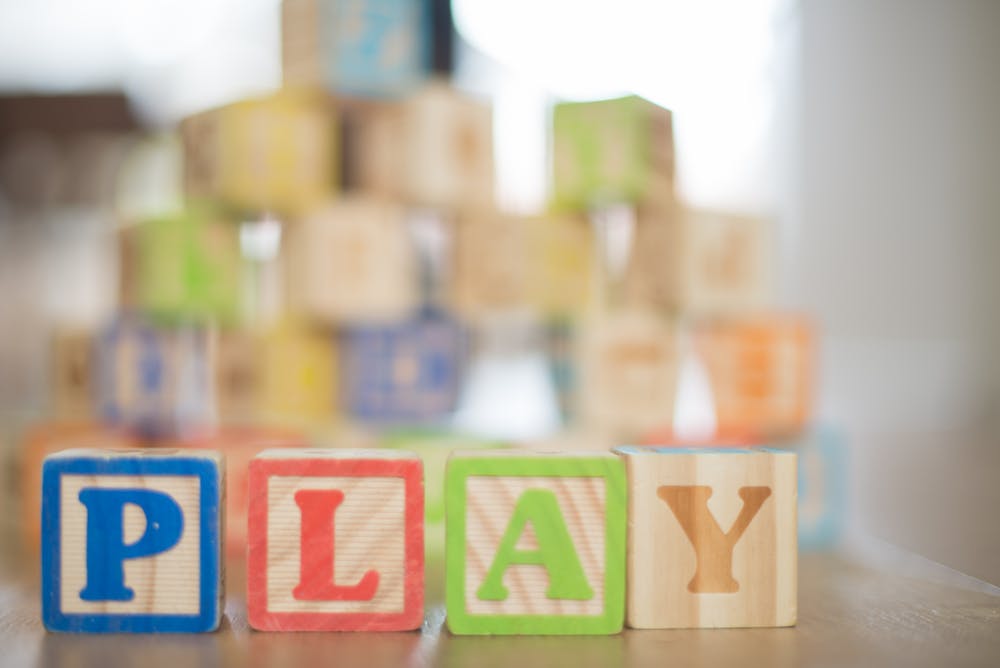
Waste not, want not.
I truly don’t think zero waste is an achievable goal when you’re raising kids. Especially up until they’re about 7. So approaching waste with a sensible and healthy dislike is what I recommend. Getting rid of liquid soap for bars has been a great, easy win here, and introducing compost to our meal prep – my eldest loves depositing peels and cores into the compost bucket! But I truly can’t expect my little ones to use toothpaste tablets, so I’m going to prioritize dental hygiene and we’ll continue to use toothpaste tubes until they’re older. Both my girls loooove drawing and coloring – they’re also partial to glitter, but I’ve drawn the line at that. I know there’s plastic free glitter around, but my girls don’t, so we just avoid it for the time being. But we use a lot of paper in our house. It’s recycled and scrap and would-be-discarded-printer-error paper…but paper nonetheless. My sustainability warrior me implores them to use the paper until there is zero white space, but my mama me just won’t ask them to stop – I don’t want to impede the next Da Vinci! I’ve explored a little white board to try to minimize paper, but this appeal was very short lived. So have I compounded waste in trying to reduce it?? You betcha! Oh, the living and learning of parenting! But the white board has made its way to the kitchen, where I’ve repurposed it to meal planning, so all isn’t lost.
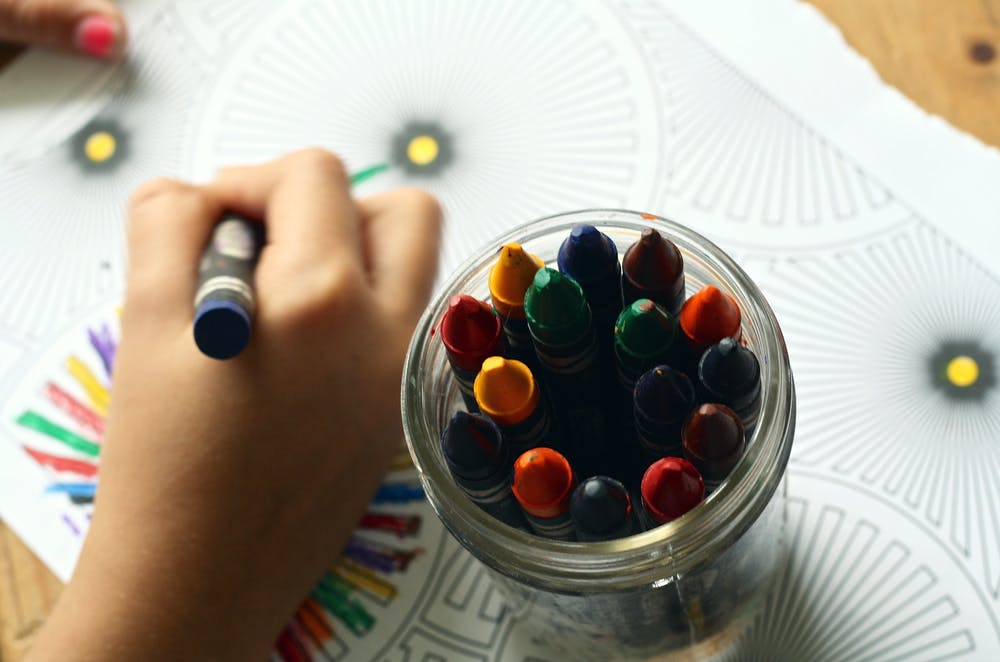
Life’s a party!
Especially when they’re young, birthday parties are important. So I’m learning. We’ve given our eldest (nearly 5) experiences for her past birthdays, and so far she’s not had a party. She turns 5 in a couple of weeks and I’m thinking we’ll get her 4 closest friends and hit a playground with a cake. Because parties – in my experience – tend to be filled with single use plastic, candy wrappers and disposable toys. I’m not down with that. There are things which usually feature at a party which are definite no-nos for me:
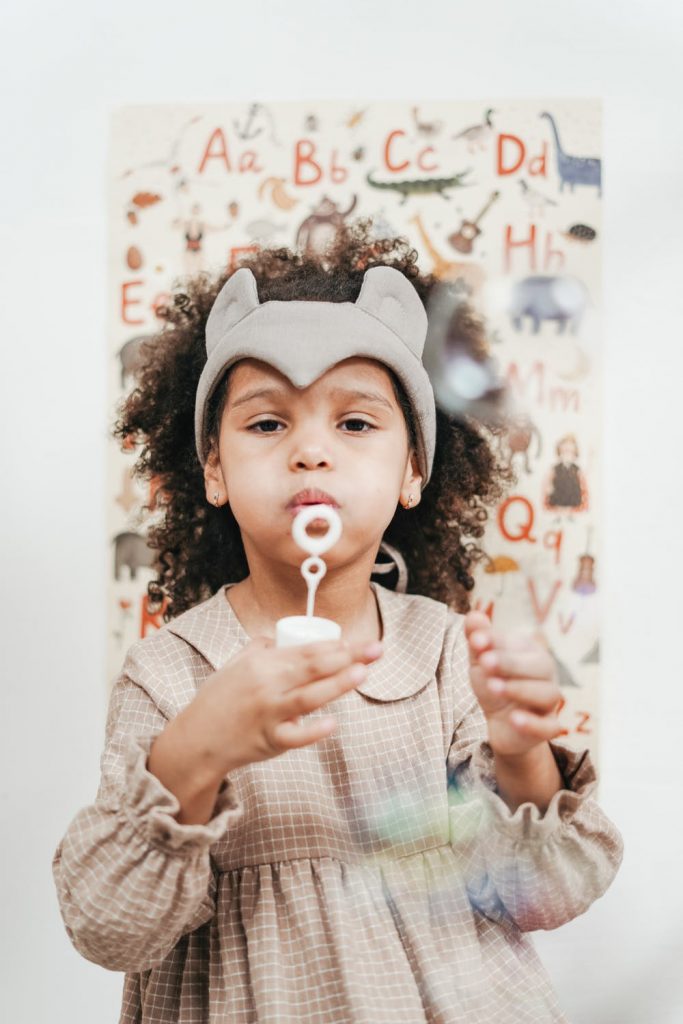
- Balloons. They are so bad (read: deadly) for all sorts of animals and birds. So we’ve decided to swap them for bubbles. Which I’m aware are not perfect. Most bubble wands are plastic, but at least we can refill them. And if we use natural detergent we can reduce the negative impact chemical filled detergents have on waterways.
- Party bags. It’s another cost saver to ditch those! Plastic bags filled with plastic stuff the guests look at for 2 minutes. Nope, not doing it. A friend of mine recently gave out insulated lunch bags for the guests – a little pricier, but oh so appreciated, especially as it was the nearing the start of the school year.
- Plastic plates and cutlery. Thankfully there are alternatives available for these now – compostable, recycled, bamboo – it takes some searching and a little more of a spend, but inviting a few less kids will easily cover this.
- Presents. So, this is going to be controversial. But as mentioned in a few different points above, over consumption and kids having too many toys are both problems I see all around me. So why not just invite kids to share your child’s birthday experience without the requirement to bare gifts. Saving on wrapping paper which is probably not recyclable (foil, embossing, glitter, tape left on it, all make recycling wrapping paper unlikely) is an added bonus. Oh, and I reckon the guest’s parents will love you for it!
- Invitations. Let’s go full 2020 – all electronic. Same for the thank you notes. As mentioned earlier, we use enough paper in my house without these!
Judgement free zone.
What I think we all need to remember is that if we get crippled by the fear of what climate change is bringing, or the guilt that we’re either adding to the problem by reproducing or not doing enough because being a parent is already busy – we will achieve nothing. We have to stop with the judgement – on ourselves as much as everyone else. When we’re doing our best every day to raise educated, aware, emotionally intelligent and healthy little people, sustainability and environmental responsibility is logically just part of that. We can only do what we can – but we must continue to try. While we still need to earn money to put food on the table, we can’t necessarily immediately divorce ourselves from the fossil fuels we need to travel to work, so there are other ways we can reduce our carbon footprint and provide positive examples of environmental responsibility.
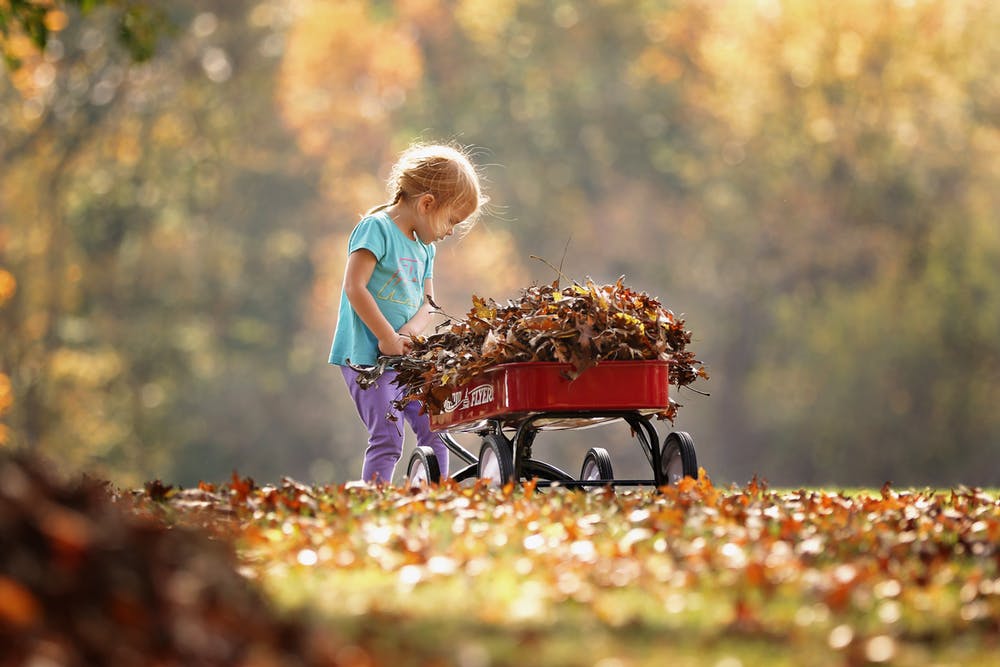
Raising children is complex and challenging. Dealing with climate change and reducing our carbon footprint is complex and challenging too. But these tasks can be done simultaneously. I may have birthed another Oprah Winfrey or Jane Goodall; and somewhere out there may be the next David Attenborough or Leonardo DiCaprio. So let’s have a moment of gratitude that these people, and Greta Thunberg’s parents did, in fact, have children.
We need to share ideas and sometimes parents think of things from slightly different perspectives, so let us know how you’re winning the sustainable parenting battle!



